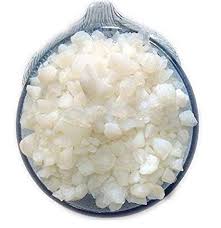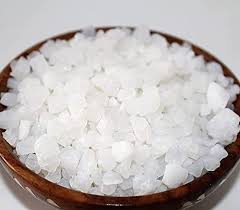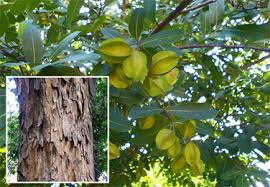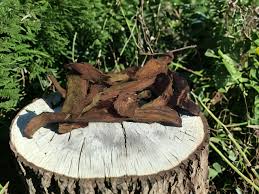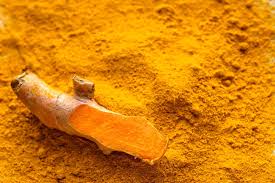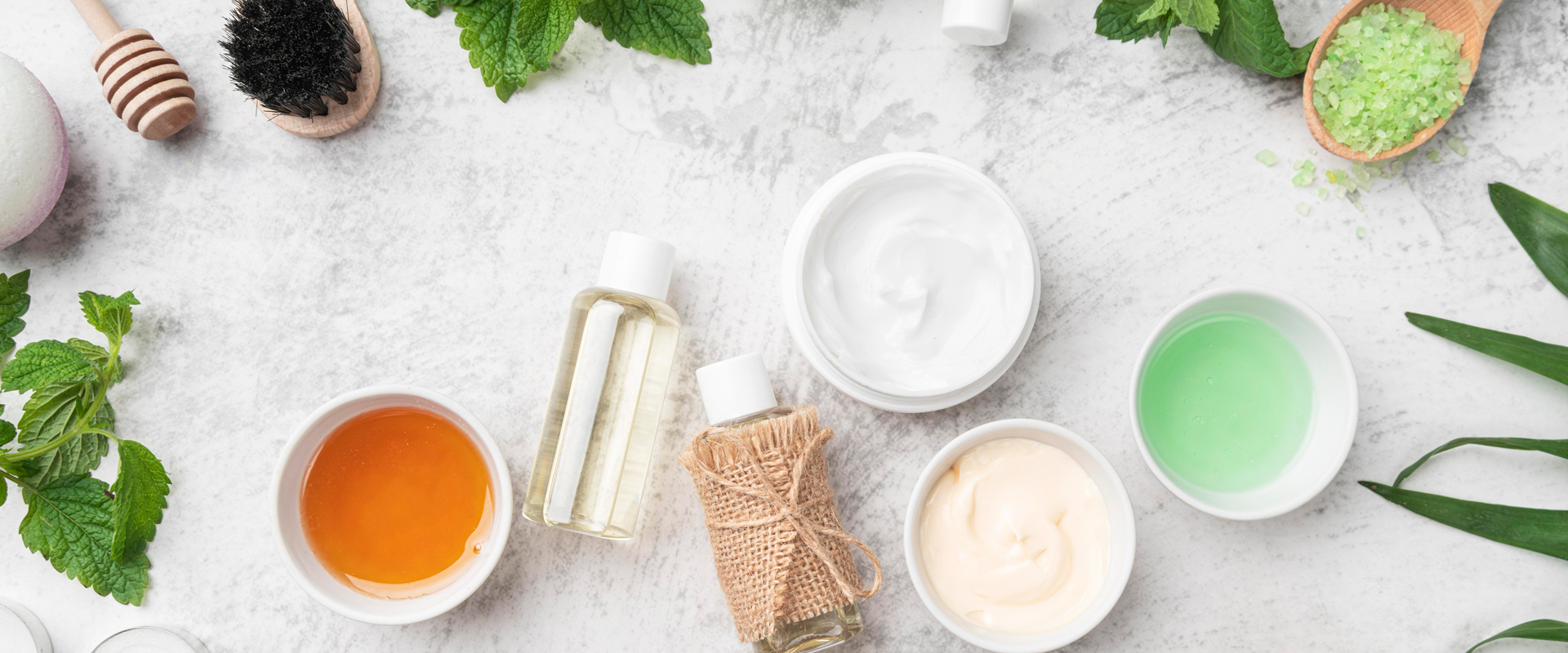
How Banslochan Helps in Treating Respiratory Problems
In the world of Ayurvedic remedies, few natural substances are as gentle yet effective as Banslochan, also known as Tabasheer or Bamboo Silica. Traditionally derived from the inner nodes of bamboo stems, Banslochan has held an important place in Ayurveda and Unani medicine for its wide range of therapeutic uses. Among its most valued health benefits is its role in managing respiratory issues.
From dry coughs to bronchial congestion and asthma, Banslochan is recognized for its soothing, cooling, and expectorant properties. At Dirghaanshi, we bring you time-tested wisdom of natural healing through Jadi Buti-based content. In this article, we will explore how Banslochan supports respiratory wellness, how it can be used effectively, and who can benefit the most from it.
Long Description
What is Banslochan?
Banslochan (also called Bamboo Manna or Tabasheer) is a siliceous substance collected from the joints of the Bambusa arundinacea plant. It appears as a chalky white or translucent powder, rich in silica, potash, lime, and other trace elements. In Ayurveda, it is categorized as a cooling, demulcent, and expectorant herb, primarily used in treating lung, throat, and urinary conditions.
Its cooling properties help relieve internal heat and irritation, making it particularly effective in calming inflamed airways, easing coughs, and reducing respiratory congestion.
How Banslochan Supports Respiratory Health
- Soothes Dry Cough and Throat Irritation
One of the primary benefits of Banslochan is its ability to relieve dry, irritated coughs. The demulcent (mucilage-like) nature of Banslochan helps coat the throat lining and reduce the scratchy sensation that often triggers frequent coughing. It is especially useful in treating throat infections and dry coughs caused by environmental irritants or seasonal allergies. - Natural Expectorant for Productive Coughs
Banslochan helps in loosening mucus and phlegm in the respiratory tract, promoting easier expulsion. This makes it ideal for productive coughs where chest congestion is present. By thinning the mucus, it aids in clearing bronchial passages and improving breathing. - Anti-inflammatory Action on Bronchial Tubes
In cases of asthma, bronchitis, or chronic obstructive pulmonary disease (COPD), inflammation is a common issue. Banslochan exhibits mild anti-inflammatory effects that help soothe swollen tissues in the lungs and bronchial passages, thereby reducing wheezing, shortness of breath, and chest tightness. - Enhances Immunity Against Respiratory Infections
Due to its mineral-rich profile, Banslochan helps strengthen the immune system and protect against common respiratory infections such as sinusitis, the common cold, or seasonal flu. Its antioxidant action helps reduce oxidative stress on lung tissues, which is particularly beneficial in polluted environments. - Provides Moisture to Dry and Inflamed Airways
Dry lungs and airway linings can lead to chronic coughs and breathing difficulty. Banslochan’s moistening properties help hydrate the mucosal linings, offering comfort in conditions worsened by dryness, such as in urban areas or during winter seasons.
Traditional Ayurvedic Combinations
In Ayurveda, Banslochan is rarely used alone. It is often mixed with other powerful herbs to enhance its effects. Common formulations include:
Sitopaladi Churna: Contains Banslochan, Mishri, Pipali, Elaichi, and Vanshlochan. This churna is widely used for cough and cold relief.
Talisadi Churna: Combines Banslochan with talisa leaves, cinnamon, and black pepper for managing asthma and respiratory allergies.
Mulethi and Banslochan Mix: Used for throat pain and hoarseness.
These combinations are typically prescribed in powder or tablet form and are widely used in Ayurvedic practice.
How to Use Banslochan for Respiratory Problems
- Banslochan with Honey
Mix 1/4 teaspoon of Banslochan powder with 1 teaspoon of raw honey.
Take this mixture once or twice a day during a cough or sore throat.
It soothes the throat and helps reduce coughing.
- Herbal Tea with Banslochan
Boil water with a pinch of Banslochan, Tulsi leaves, and Mulethi.
Strain and drink warm.
This tea relieves congestion and helps in cases of sinus and bronchitis.
- Ready-Made Ayurvedic Formulations
Many Ayurvedic pharmacies offer products like Sitopaladi Churna or syrup with Banslochan.
Always consult an Ayurvedic practitioner for the correct dosage and combinations.
Safety, Dosage and Precautions
Banslochan is generally safe when used in the right amounts and under guidance. However, excessive use can lead to issues like digestive disturbances.
Avoid self-medicating, especially in chronic conditions.
Pregnant or breastfeeding women should consult a qualified healthcare provider before using it.
Use only pure and authentic Banslochan sourced from trusted Ayurvedic suppliers.
Scientific Insight
Although there is limited clinical research specifically on Banslochan, its traditional uses are supported by centuries of Ayurvedic practice. Silica, a primary component of Banslochan, is known to have benefits for lung tissue, bone health, and collagen formation. Some studies also suggest that trace minerals in Banslochan contribute to its antioxidant and immune-modulating effects.
Conclusion
Banslochan is a highly respected herbal remedy in traditional Indian medicine, especially known for its respiratory benefits. Whether you are dealing with seasonal allergies, bronchitis, dry cough, or asthma, Banslochan offers a natural, holistic alternative that supports lung function, reduces inflammation, and boosts immunity.
At Dirghaanshi, we strive to reconnect you with the healing power of natural herbs. Banslochan is a shining example of how ancient remedies can still play a vital role in managing modern health challenges, especially those related to respiratory well-being.
If you’re looking to incorporate safe, effective, and traditional herbs into your wellness journey, Banslochan is an excellent place to begin.





